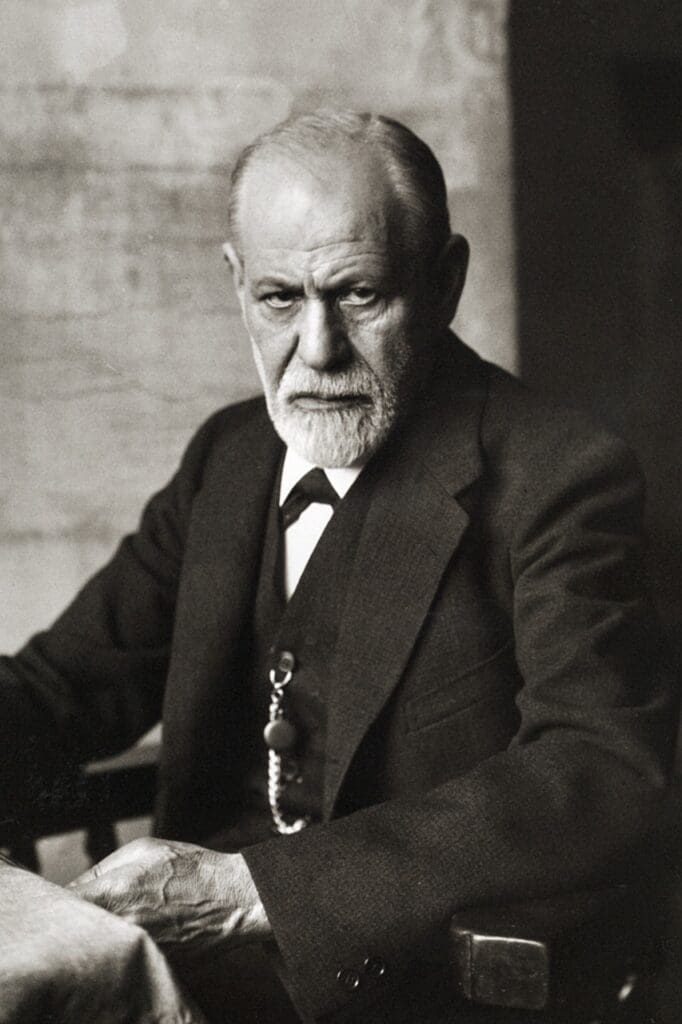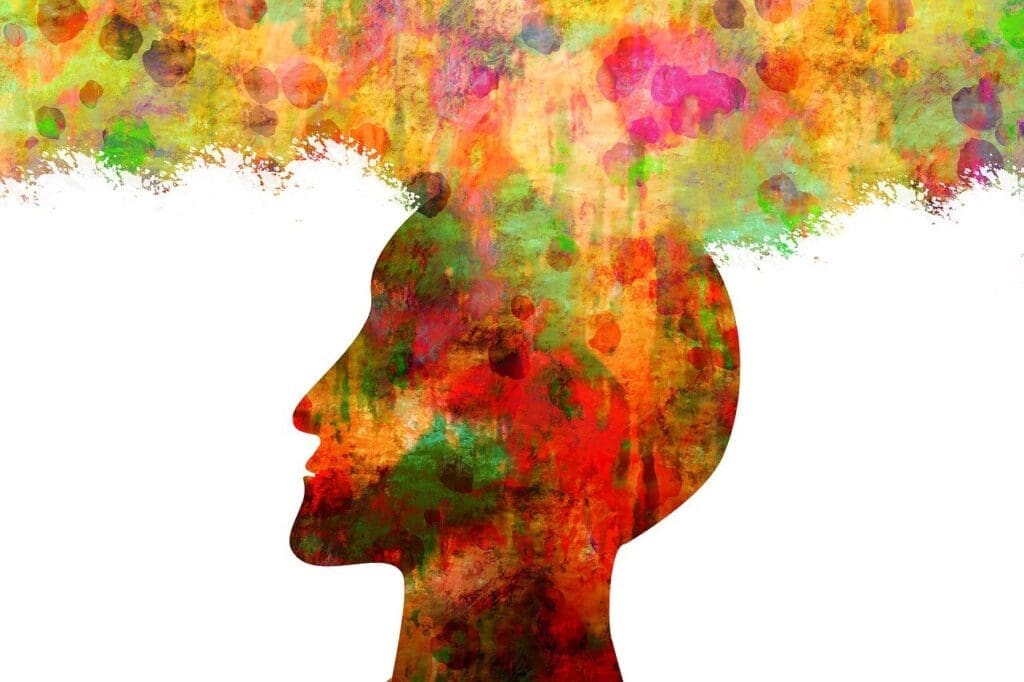History of Lucid Dreaming: An Ancient Practice
Evidence of lucid dreaming can be found in many ancient cultures. Tibetan Buddhism includes a practice known as dream yoga, which involves becoming aware during the dream state and using this awareness for spiritual advancement. Similarly, ancient Hindu practices include yoga nidra, a state of consciousness between waking and sleeping where lucidity can occur.
In ancient Egypt, dreams were considered a way to communicate with the gods and receive divine messages. Dream temples were built where individuals could incubate dreams for healing or guidance, and some accounts suggest these may have involved lucid dreaming practices.
Even in Indigenous American cultures, dreams have played a significant role. For example, the Senoi tribe of Malaysia reportedly encouraged the practice of dream manipulation, which involves elements of lucid dreaming.
Exploring The Study of Dreams: How It Began
The scientific study of dreams, often referred to as oneirology, began in earnest in the late 19th and early 20th centuries with Sigmund Freud’s groundbreaking work, “The Interpretation of Dreams.” Freud proposed that dreams were a form of wish fulfillment, driven by the unconscious mind.
Despite Freud’s controversial views, his work sparked a newfound interest in dream research, paving the way for further studies. In the mid-20th century, the discovery of REM sleep by Aserinsky and Kleitman provided the first evidence of a physiological basis for dreaming. However, it wasn’t until the late 20th century that researchers found a way to validate the existence of lucid dreaming scientifically.

Inducing Lucid Dreams: The Evolution of Techniques
The art and science of inducing lucid dreams have seen a significant evolution. While ancient practices relied on meditation and mindfulness techniques, modern approaches include a blend of cognitive methods and technological aids.
One cognitive approach is the Mnemonic Induction of Lucid Dreams (MILD), developed by Dr. Stephen LaBerge. This technique involves setting the intention to remember to recognize that you’re dreaming during the dream state.
Other techniques include reality testing, where individuals regularly check throughout the day if they are awake or dreaming, training the mind to carry this habit into the dream state. Wake Back to Sleep (WBTB) is another popular technique where you interrupt your sleep and then go back to sleep, increasing the chances of entering a lucid dream.
On the technological front, devices such as lucid dreaming masks and apps aim to trigger lucidity by flashing lights or sounds during REM sleep when dreams most likely occur. Supplements, like Galantamine, have also been used to induce lucid dreams, although their effectiveness varies between individuals.
However, it’s important to note that while these techniques can increase the frequency of lucid dreams, they require practice and patience. Some individuals may naturally have more lucid dreams than others, and it can vary from one lucid dream per month to multiple per week depending on the individual’s experience and training.

Learn How To Lucid Dream: Your First Step Towards Conscious Dreaming
Embarking on the journey of lucid dreaming can be an exciting and rewarding endeavor. Here’s a beginner’s guide to help you take your first step towards conscious dreaming.
- Dream Journaling: Keeping a dream journal can significantly help with lucid dreaming. By writing down your dreams, you become more aware of your dream patterns and symbols, and you train your mind to remember your dreams. This increased dream recall is a critical first step towards lucid dreaming.
- Reality Checks: Perform reality checks throughout your day. This could be as simple as counting your fingers, pushing your finger through your palm, or questioning if you are awake or dreaming. If practiced consistently, this habit will transfer into your dreams, helping you realize when you’re dreaming.
- Mnemonic Induction of Lucid Dreams (MILD): Before going to sleep, set your intention to remember that you’re dreaming. Repeat a mantra such as “I will know that I’m dreaming.” This mnemonic technique can often carry over into your dreams, triggering lucidity.
- Wake Back To Sleep (WBTB): Set an alarm to wake you up after about five hours of sleep. Stay awake for a short period, focusing on your intention to lucid dream, then go back to sleep. WBTB can increase your chances of lucid dreaming as it often leads to a direct transition from being awake to entering a dream.
Remember, like any skill, lucid dreaming requires patience and practice. Don’t get discouraged if you don’t experience immediate results.
Improve the Frequency of Lucid Dreams: Induction Techniques
One of the common questions asked by aspiring lucid dreamers is how to increase the frequency of lucid dreams. Here are a few techniques that can help:
- Regular Reality Checks: Incorporate reality checks into your daily routine. The more you do in your waking life, the more likely you are to do one during a dream, potentially triggering lucidity.
- Dream-Induced Lucid Dreaming (DILD): This technique involves becoming lucid within a dream, usually triggered by noticing something out of the ordinary. You can enhance your chances of DILD by improving your dream recall (keeping a dream journal can help) and by practicing reality checks.
- Mnemonic Induction of Lucid Dreams (MILD): Use mantras before sleep to set your intention to recognize that you’re dreaming. The MILD technique can be particularly effective when combined with the WBTB method.
- Experiment with different techniques: Different methods work for different people. What works best for you may depend on factors such as your sleep pattern, lifestyle, and individual mind-body constitution. Be open to trying different techniques, such as Wake-Induced Lucid Dreaming (WILD), the FILD (Finger Induced Lucid Dreaming) technique, or using lucid dreaming aids like light and sound cues or supplements.
Consistency is key in increasing the frequency of lucid dreams. With regular practice and determination, you may find yourself able to lucid dream at will.
Work on Dreams: How The Perspective Changed Over Time
Dreams have been subject to curiosity, intrigue, and study throughout human history. The interpretation and understanding of dreams have significantly evolved over time, transitioning from divine messages in ancient times to psychological phenomena in modern times.
With the advent of psychology and neurology, the study of dreams has become more systematic and empirical. The introduction of EEG (Electroencephalogram) in dream research during the 1950s marked a significant shift in understanding the physiology of dreaming.
Freud and Jung’s psychoanalytic theories gave dreams a psychological dimension, viewing them as manifestations of our subconscious. With the recognition of lucid dreaming as a valid and researchable state of consciousness, the perspective on dreams expanded further, acknowledging the potential of dreamers to consciously interact with and control their dreams.
In the present day, despite the wealth of knowledge available, dreams continue to be a mysterious and intriguing subject. The study of dreams, particularly lucid dreams, remains a vibrant and evolving field, with researchers continuously discovering new facets of this fascinating state of consciousness.
Experiencing The State of a Lucid Dream
Experiencing a lucid dream can be both exhilarating and enlightening. But what does it feel like? The experience can differ greatly among individuals, but some common elements are often reported by lucid dreamers.
Firstly, the realization that you’re in a dream can be a profound moment. It can trigger a range of emotions, from excitement and awe to calmness and serenity. This awareness can come suddenly or gradually and is often triggered by noticing something unusual or dreamlike in the environment.
Secondly, the dream environment in a lucid dream can be incredibly vivid and realistic. Some dreamers report enhanced perception, where colors are brighter, sounds are clearer, and textures are more tangible. This heightened realism can make the dream world feel just as real, if not more so, than waking reality.
Another distinctive feature of lucid dreams is the ability to control the dream. This control can vary between dreamers and even between different dreams. Some may have complete control, able to manipulate the dream environment and narrative at will. Others might only have partial control, able to guide their actions but not the overall dream plot. This sense of control can be empowering, and often it is this feature that attracts people to learn how to lucid dream.
Overall, a lucid dream can offer an experience like no other, providing a unique playground for the mind, ripe with opportunities for exploration, creativity, and self-discovery.

The Experienced Lucid Dreamer: Prominent Personalities From History
Throughout history, several prominent figures have documented their experiences with lucid dreaming. These include inventors like Nikola Tesla and Thomas Edison, who reportedly used lucid dreams to solve complex problems and refine their inventions. Artists such as Salvador Dali also drew inspiration from their lucid dreams, leading to the creation of surreal artwork.
Philosophers and scientists, too, have explored the realm of lucid dreaming. René Descartes, the father of modern philosophy, discussed his dream experiences in his writings, while psychologist Carl Jung used his dreams to develop his theories about the collective unconscious.
More recently, accomplished lucid dreamers include Stephen LaBerge, a psychophysiologist who pioneered the scientific research of lucid dreaming, and Robert Waggoner, a leading authority on lucid dreaming and the author of “Lucid Dreaming: Gateway to the Inner Self.”
Encounter with a Lucid Dream: Personal Accounts of Experienced Dreamers
A powerful way to learn about lucid dreaming is to hear from those who have mastered the skill. In his book “Exploring the World of Lucid Dreaming,” Stephen LaBerge presents numerous anecdotes from individuals who have experienced lucid dreams.
One lucid dreamer describes the exhilarating experience of flying through a dream landscape, being aware of the dream state, and yet fully immersed in the vivid sensory experience. Another recounts a dream in which they engaged in conversation with a dream character, gaining insight into their personal life.
Concluding Thoughts
Lucid dreaming opens up a whole new world of exploration and discovery. From personal growth and creativity to psychological healing, the potential benefits are vast and wide-ranging. As we continue to delve into the science of lucid dreaming, who knows what else we may uncover about the extraordinary capabilities of the human mind?
In conclusion, lucid dreaming is an extraordinary cognitive phenomenon that offers a window into our subconscious. It’s a state that blurs the lines between reality and imagination, providing a platform for self-discovery and personal growth. If you’re interested in exploring your own mind’s vast potential, lucid dreaming may be an intriguing avenue to consider.
Related Content –
5 Powerful Steps to Mastering Dream Analysis: Unlock the Mysteries of Your Mind
External Sources:
Lucid Dreaming: A State of Consciousness with Features of Both Waking and Non-Lucid Dreaming





















